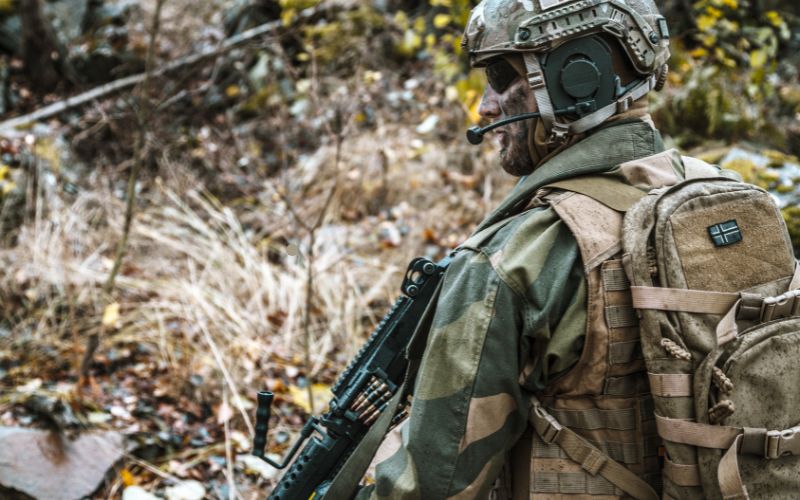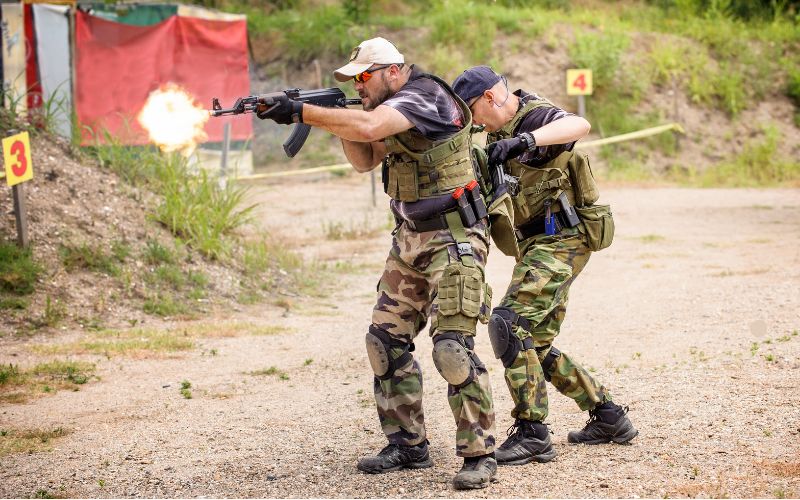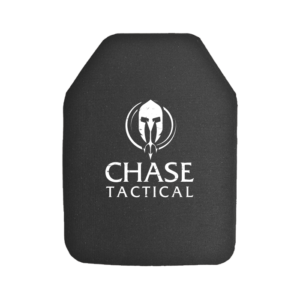How to Choose the Right Ballistic Plates for Your Plate Carrier

In personal protection, having the right equipment is essential. Whether in law enforcement, the military, or just an enthusiast preparing for different situations, one of the first things you must consider for your safety is your ballistic plates. The ballistic plates are inserted in a plate carrier to ensure essential protection from bullets, shrapnel, and lethal projectiles. But how would you select the best ballistic plate in this array of options on the market?
This guide will discuss the factors to consider when choosing the best ballistic plates and how to find the ideal ones for your needs.
1. Understand the Types of Ballistic Plates
The first step in choosing the right ballistic plates for your carrier is understanding the available types. Generally, ballistic plates are classified based on the materials they are made from and their protection level. There are two primary categories:
Hard Armor Plates: These plates are made from tough, rigid materials like steel, ceramic, or polyethylene. Hard armor plates are designed to stop high-velocity rounds, such as those fired from rifles. You would use them if you might encounter threats from high-powered weapons.
Soft Armor Plates: Soft armor comprises layers of woven aramid fibers, including Kevlar. It is lighter than hard armor plates and protects against handguns and lower-velocity threats. Soft armor plates are typically worn and inserted into the front and rear of a plate carrier, providing comfort for extended wear but less protection against rifle rounds.
When selecting ballistic plates, the choice will be largely based on the threat you may face. You must have hard armor plates if you believe you will face rifle threats. Soft armor plates can be sufficient in urban or law enforcement environments where handgun threats are more common.
2. Be Familiar With Armor Protection Levels
Ballistic plates are classified by different protection levels, often according to NIJ standards. The levels determine what types of rounds the armor can stop. The most common NIJ protection levels for ballistic plates are:
Level III (III): Level III plates are designed to stop most common rifle rounds, including 5.56mm NATO and 7.62mm NATO. These are usually made from hard materials like ceramic, polyethylene, or steel. These plates have a good weight and protection balance and are used extensively in military and law enforcement applications.
Level IV (IV): This is the highest-rated armor-protect plate. It withstands armor-piercing rifle rounds, including the 30-06 AP round. Such plates usually consist of high-performance materials such as ceramics or composite materials.
3. Consider Weight and Comfort
Although the level of protection is paramount, the weight and comfort of the ballistic plates must also be considered. The movement becomes problematic if the plates are heavy, which may be dangerous in a tactical situation. The lighter the plates are, the less protection is sacrificed in return for a reduced weight. For instance, steel weighs much more than polyethylene or composite plates.
Comfort is essential when wearing a plate carrier for extended hours. Look for ergonomic plates that fit your body, reducing pressure on your back and shoulders. Modern curved plates offer a better fit than traditional flat ones. For optimal mobility paired with protection, consider lightweight options like polyethylene plates.
4. Shape and Size of Plates

Ballistic plates will vary in shape and size to address the different body types and plate carriers. The standard two shapes are:
1: SAPI Plate
The SAPI type is most commonly used in military and law enforcement plate carrier systems. These plates are rectangular or slightly trapezoidal, with rounded corners. They are made to extend coverage across the full torso.
2: Swimmer’s Cut Plates
These plates are cut to offer more mobility and flexibility in the arms and shoulders. Military personnel or those requiring maximum maneuverability often prefer them in tactical scenarios.
5. Durability and Lifespan
Ballistic plates are a long-term investment, and their durability is a crucial factor to consider. Some materials, such as ceramic, can degrade over time due to exposure to impacts, moisture, and environmental conditions. Polyethylene plates, on the other hand, are known for their durability and resistance to environmental factors, making them an excellent choice for extended use in tough conditions.
Make sure ballistic plates are rated for the conditions expected when operating. Remember, too, that most have a recommended shelf life. Ceramic products might have an operational lifespan of just five years, while others may be useful much longer, given appropriate storage for polyethylene.
6. Price and Budget
The price of ballistic plates varies significantly based on the materials used, the protection level, and the brand’s reputation. While high-end armor, such as Level IV plates made of advanced ceramic materials, can be expensive, affordable options still provide excellent protection.
Consider your budget and balance it with the level of protection you require. However, remember that when it comes to protective gear, you often get what you pay for. Don’t skimp on your safety by choosing subpar plates.
Recommended Chase Tactical Ballistic Plates: The 3S15M Lightweight Rifle Armor Plates
If you want something that provides weight, durability, and value protection, 3S15M Lightweight Rifle Armor Plates by Chase Tactical are the go-to choice for military, law enforcement, and civilian professionals preparing for any eventuality. A lightweight structure balances their superior protection against high-velocity rifle rounds.
Ready to enhance your protection? Explore the 3S15M Lightweight Rifle Armor Plates for optimal defense without the extra weight. Shop now at Chase Tactical!
Conclusion
Choosing the right ballistic plates for your plate carrier depends on the protection level you need, the weight you can handle, and your environment. By considering the type of armor, protection levels, plate material, comfort, and durability, you can make an informed decision that will keep you safe in various situations.
Frequently Asked Questions
What is the difference between Level 3 and 4 Ballistic Plates?
Level 3 and 4 plates vary in thickness, weight, and material durability. Level 4 provides more threat-level coverage but is heavier. When choosing the right plate, consider the shape, curvature, flexibility, comfort, and cost.
What Plates Do Navy Seals Use?
Navy SEALs use Level IV ballistic plates, prioritizing lightweight materials like ceramic for agility. Consider weight distribution and plate carrier compatibility. Focus on plate thickness, durability, and cost. Guarantee customization options meet sizing guidelines and testing standards.

